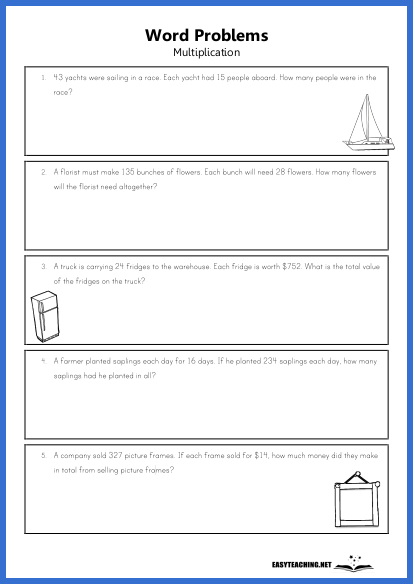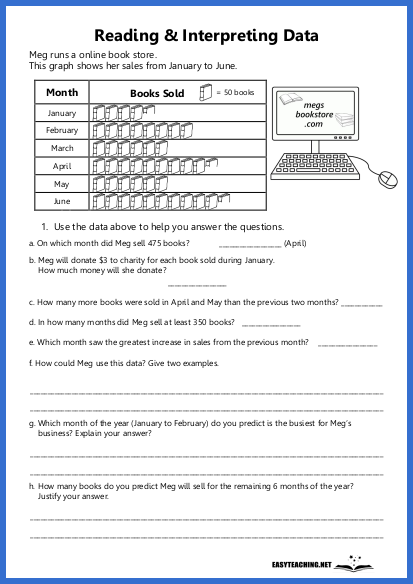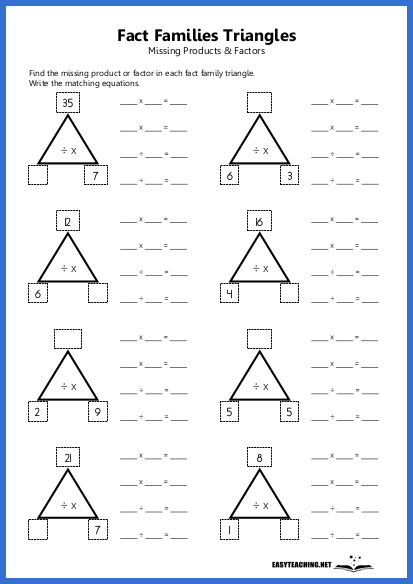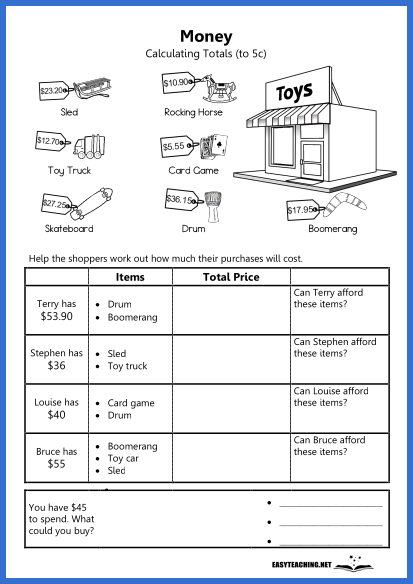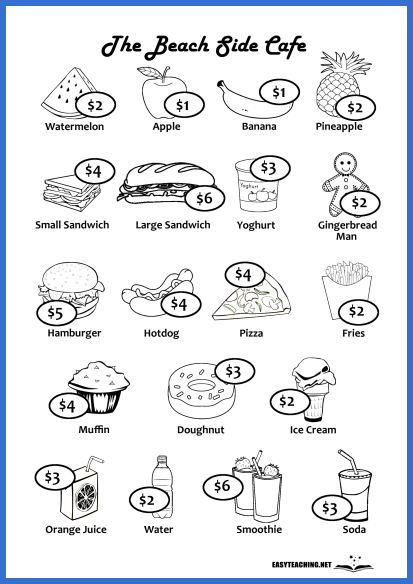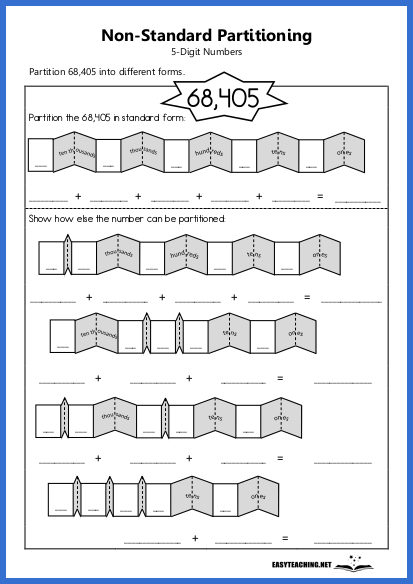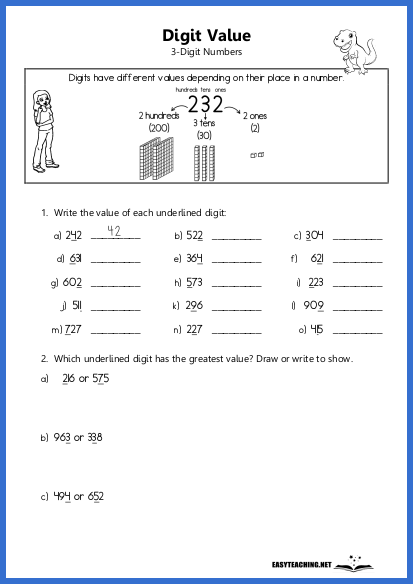TOPICS
Maths
Build Your Own Town: Grid Coordinates
Overview:
Design your own town using grid coordinates, then describe its layout and locations of buildings. This activity helps students practise using grid coordinates and spatial reasoning while designing a town map. Designed for students in the middle and upper years.
Learning Objectives:
- Design and organise a town layout using grid coordinates.
- Identify and describe the locations of different features on a grid map.
- Explain the reasoning behind the placement of buildings and landmarks in the town using coordinates.
How the Activity Works:
In Step 1, students will design their own town on a grid map by placing symbols for the buildings listed in the key: house, police station, lighthouse, train station, and pizza shop. Students should carefully select grid coordinates for each feature, for example, "Place the police station at E4," or "Draw the lighthouse at A8." They can use the grid’s rows (letters) and columns (numbers) to pinpoint their building locations.
In Step 2, students will use the grid coordinates to describe the locations of the buildings they have drawn. For example, they might say, "The pizza shop is at C2," or "The house is located at F5."
In Step 3, students will choose two features of their town and explain why they placed them at specific coordinates. For example, "I put the police station at D3 because it's close to the centre of the town and easy for everyone to find," or "I placed the train station at B6 to make it accessible to people living near the edge of the town."
This activity reinforces the use of grid coordinates, helping students develop their map-reading skills while encouraging logical thinking in the placement of town features. It also supports spatial awareness and creativity as students design and explain their town layout.
Related resources



